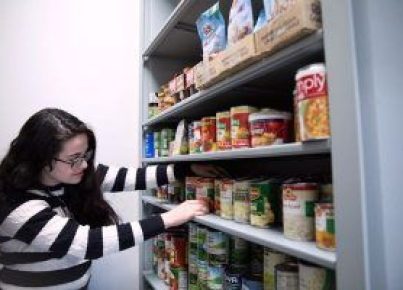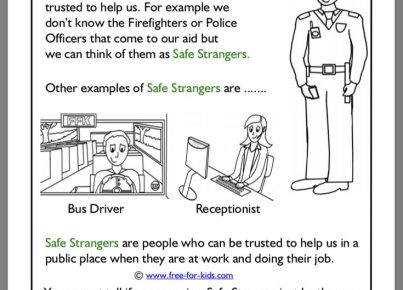Introduction:
Learning center time is a crucial part of any classroom environment. It’s a time when students can engage in independent or group learning activities that support their academic growth and development. To make the most of this time, teachers must find creative ways to keep students actively involved and moving. Here are 21 ways to get your students moving during learning center time.
1. Incorporate movement breaks: Schedule short movement breaks between activities where students can stretch, jump, or perform simple exercises.
2. Use standing desks: Offer standing or adjustable height desks as an alternative to sitting for extended periods.
3. Create centers with different physical activities: Design centers that require various levels of physical engagement, like a reading corner, a dance station, or a gross motor skills area.
4. Yoga stations: Set up yoga mats and charts with simple poses as a calming and physical activity during center time.
5. “Brain Gym” exercises: Use Brain Gym techniques to create activities that help improve students’ coordination, focus, and memory.
6. Relay races: Organize fun and educational relay races using flashcards or other learning materials to reinforce classroom concepts.
7. Scavenger hunts: Design scavenger hunts around the room using clues related to the subject being studied.
8. Dancing lessons: Incorporate dances from different cultures into learning centers to encourage physical activity while learning about diversity.
9. Fitness challenges: Set up physical fitness challenges for students to complete individually or in teams during center time.
10. Balance boards or cushions: Use balance boards or cushions as seating options to encourage core strength development and engagement.
11. Interactive technology integration: Utilize interactive educational tools like smart boards and tablets where students can move while engaging in learning activities.
12. Ball chairs: Replace some traditional chairs with exercise ball chairs for improved balance and posture.
13. Mini trampoline station: Set up a mini trampoline for jumping activities that help students improve coordination and strengthen their muscles.
14. Create obstacle courses: Design simple obstacle courses using classroom furniture and gym equipment for a fun physical challenge.
15. Use movement cues during transitions: Assign specific movements for students to perform while transitioning from one center to another.
16. Enact scenes from books or history: Encourage students to use their imagination and act out scenes or historical events as part of their learning experience.
17. Hold a gallery walk: Set up art displays or project stations around the room and have students walk around to view and discuss them.
18. Actively explore math concepts: Create interactive math activities that involve movement, like hopscotch on a number line or bean bag toss addition.
19. Use team games to build cooperation: Organize cooperative games like parachute activities or human knots that require teamwork and physical movement.
20. Roleplay: Assign roles for students to act out during social studies or English lessons, incorporating dance, miming, or interpretive movement.
21. Encourage a healthy competition: Get students moving by creating academic competitions where physical activity is combined with quizzes, races, or problem-solving activities.
Conclusion:
Incorporating movement during learning center time not only promotes a healthy lifestyle but also helps improve focus, concentration, and academic performance. By utilizing a variety of these 21 strategies, you can create an engaging classroom environment where students are more active and motivated in their learning experiences.




